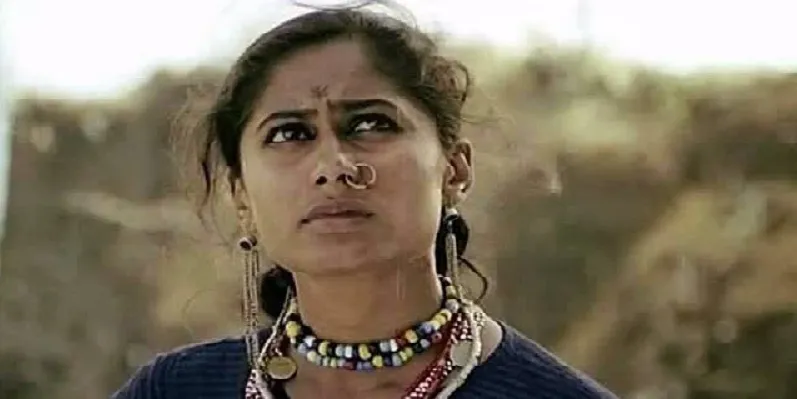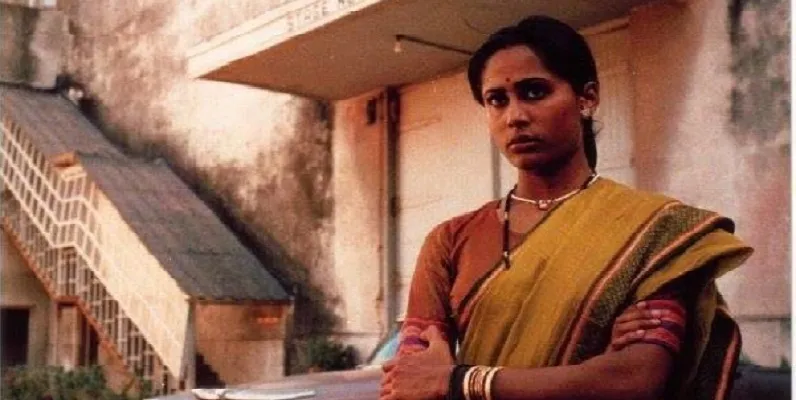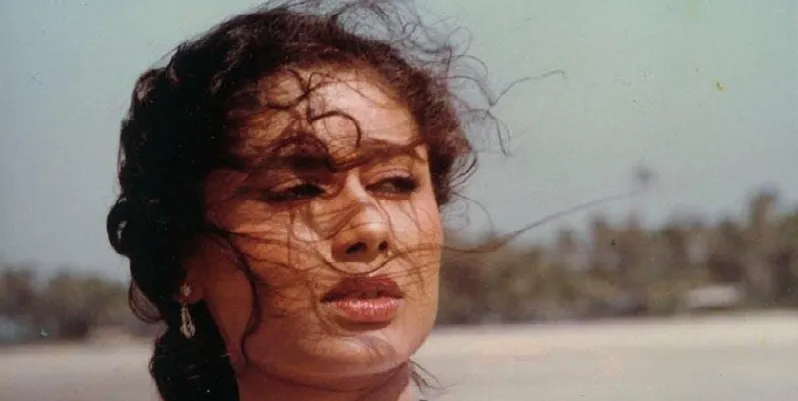What today’s women can learn from Smita Patil’s roles in parallel cinema
Bollywood has two faces. On one hand, melodrama and romance, vengeance and violence are the bricks that built the box office edifice, earning the tag of ‘quintessential commercial cinema’. And then there is the reality of Indian life, its endless struggles; challenges and frustrations; little joys and great sorrows; the sheer variety of a multi-cultural pluralistic society all being portrayed in ‘parallel cinema’.
When mainstream cinema of the 1970s and 1980s was unwilling to place a woman at the heart of the story, she transformed into an irresistible magnetic presence that every actor strives hard for. She was a decorative character, a victim to be avenged by a male hero, or the quintessential mother making enormous sacrifices for the ‘ladla beta’… Smita Patil was the living antithesis.

Portraying strong women characters, she ruled parallel cinema with commanding performances. In any milieu, in any part of the country, her roles essayed the reality of societal norms.
Unfortunately, with her early passing, today, she is a memory, a brief incandescence that nonetheless left an imprint on our hearts. Celebrating a pole star who redefined parallel cinema, here are a few lessons today’s women can imbibe and learn from her movies and the roles she portrayed.
1.To rise against all odds
Call it developmental aesthetic or the purpose to go beyond the parameters imposed by Marxist analysis, Manthan was a national award winning movie. Directed by Shyam Benegal, this landmark movie is a narrative of the ‘white revolution’ – the history of Amul, the diary giant.
The movie tells of the a transformative power of a mobilised bureaucracy. Patil’s role is that of a woman trapped in an abusive marriage. The movie talks about sexual attraction that transgresses marital conventions. Centered on the dalit population of Rajkot, the movie talks about the struggles the daily wage laborers face against the bane, caste hierarchy brings along and the sexual oppression. Essaying the role of Bindu, Patil portrays strength and does full justice to this cause.
2.Freedom to make choices at every phase
A Shyam Benegal narrative again, Bhumika is a 1977 release that essentially talks about a woman who is in search of love and fulfillment in a series of relationships, but ends up being trapped as a prisoner. This National Award winning flick is about Usha, a rebel who is against her sexual confinement, and the role she is expected to play. Patil brings an edgy playfulness and wayward whimsy to breach the journey of a married woman with bigger dreams.
The beauty of Bhumika lies in the way it can be read at so many levels and how women are free to choose their life partners. Throughout the movie, the flickering aspect of emotional intelligence and the acceptance of essential loneliness of a human being is evident. Benegal, through his flawless direction, renders the flip side of sexuality as both strength and weakness and how women are free to make their choices to prioritise their own happiness and fulfillment.

The movie grabbed the attention of many cinema lovers with Smita Patil topping the chart of every director who wanted to work in parallel cinema.
Even today, women have been caught up in the web of societal norms where choosing a life partner, opting for a career before or after marriage, planning a family or sexual preference is considered taboo. But with movies like Bhumika, there is always a fictional character to look up to.
3.Playing every role, one each at a time with perfection
Director Rabindra Dharamaraj was a much-admired ad film-maker whose foray outside the confines of glitzy consumerism, led him to direct Chakra in the year 1981. The movie enters the crime-ridden, drink-sodden, drug-hazed world of slums, which are anonymous despite their ubiquity. Amma, Patil’s character, depicts the tragedy of urban India. Her role as the mother of a teenage boy, whose private life is played out in public when in a slum, earned Patil her second National Award.

From the struggles of a mother, to that of a wife eagerly awaiting her husband’s arrival, Patil renders another great performance. The undying grit and courage of a woman, a mother and a wife is quite obvious throughout the movie. Her journey from breaking social barriers to claiming her right to her body, to display or flaunt it if she so desires is a must watch.
4.Wherever you go, be the soul of that place
“All the world’s a market place; each of us has a price”, is the tag line of Mandi; a dark comedy. The movie is a spirited romp, a sex farce that examines female sexuality and its commoditisation by patriarchy, a social attire on how religion and the sex trade are mutually dependent. The satire essentially appreciates the small-town ambience and power politics.
Zeenat, Patil’s character, is an accomplished singer. She is like a butterfly unfurling her wings, testing her power over men. The brothel is where Patil balances a capricious streak against genuine warmth. Fighting for an identity in society, her entire journey is not only about the survival of the fittest but also the most wily.

The movie was famous for many reasons. Patil’s performance took away the limelight from her co-star Shabana Azmi. The duo shared a very uncomfortable relationship from then on and grew into being the biggest screen rivals that generation saw, with the vibe spilling off the screen into their real lives as well.
In another example of life mirroring art, at the time, Patil was also riding two boats at the same time. Playing parts in both parallel and commercial cinema, she managed to maintain balance with a fair degree of poise and success.
5.Self respect is not for bargain
Sonbai of Mirch Masala was the last role Patil played before her untimely demise. Though the shock was recent and too raw, the movie hit the screens soon after her passing. The movie has a gritty realism with overtones of melodrama before building to one of the most memorable climaxes ever seen in Indian cinema, and tells the story of an everyday woman morphing a living symbol of rebellion.

This Ketan Mehta movie tells the story of how the women of a village in Kutch fight against a tyrannical subedar (played by Naseeruddin Shah). Shah’s character is enamoured of Sonbai and the men of the village ask her to submit to his advances. She refuses and takes refuge in the chili grinding factory where she works. Despite pressure from the village elders, she is resolute and locks herself and her fellow workers in the factory.
The village men and women react in various ways revealing their moral weaknesses and strengths. The entire movie revolves around the grace with which each of the characters handle their self-worth.
Going down memory lane, Smita Patil’s roles have impacted, inspired, and amused the entire country. Patil’s legend lives on through her contribution to Indian cinema, in redefining the Indian woman and interpreting her complexity in memorable films. We can always waive off art, cinema and the fictional characters in comparison to real life but one must not shy away from how these characters are breathing amongst us, fighting the same battles as we do.
Also read : 20 must watch Bollywood films for entrepreneurs
Today, Smita Patil is an archetype every women adores. Even till today her roles empower women in many ways than said. Time has blunted the edge of grief but not our mourning; our poignant memories of her excellence linger in the air that envelops us. It is almost palpable, the mesmerising memory of her, the warmth in our hearts. She was indubitably the pole star of parallel cinema.







